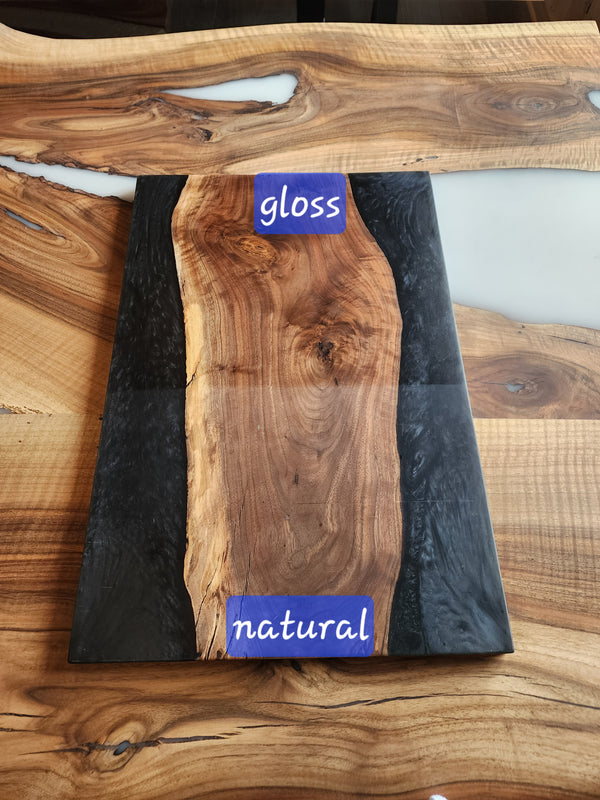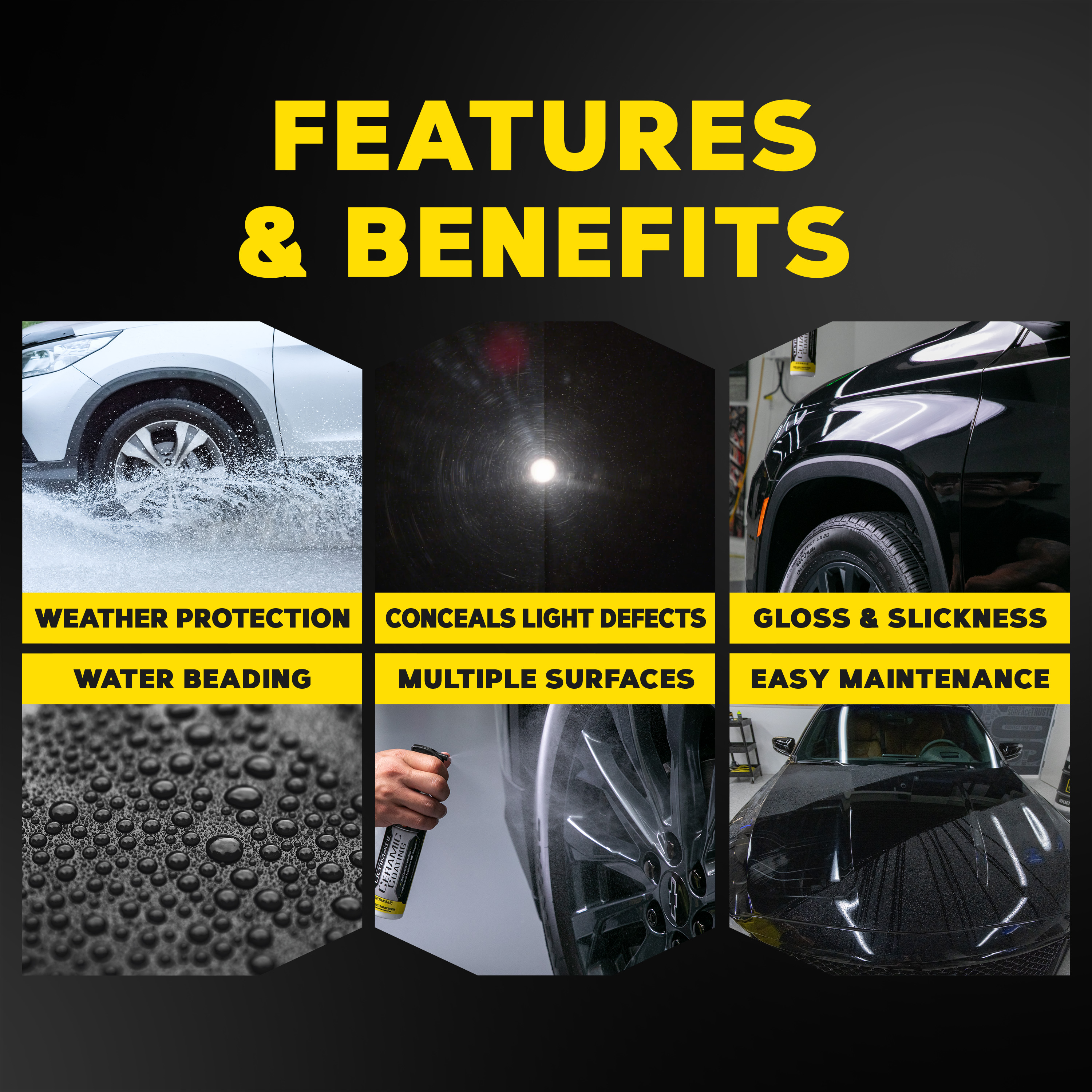Why Ceramic Layer Is the Ultimate Option for a Flawless Complete
Ceramic layer has become a leading solution for those looking for a perfect coating for their lorries, many thanks to its remarkable resilience and safety features. This sophisticated fluid polymer not just bonds perfectly with factory paint yet likewise offers an awesome barrier versus usual hazards such as scrapes, UV rays, and ecological toxins. Moreover, its hydrophobic buildings streamline upkeep while enhancing aesthetic allure. However, comprehending how this innovation compares to standard techniques and exploring its application subtleties can disclose also much more regarding its worth. What aspects really established ceramic finishing apart?
What Is Ceramic Finishing?

When applied properly, ceramic finishing develops a hydrophobic surface area that repels water and dirt, making it less complicated to preserve and clean. Unlike traditional waxes or sealants, which generally use temporary defense, ceramic layers can last for numerous years, depending on the product high quality and application technique. The process of applying ceramic coating needs thorough prep work, consisting of thorough cleaning and sometimes repaint adjustment, to guarantee optimum bonding and efficiency.
Ceramic finishings are not restricted to auto surface areas; they can additionally be utilized on different materials, including glass, steel, and plastics, giving a flexible solution for improving security. Generally, ceramic covering stands for a considerable advancement in surface defense innovation, integrating both aesthetic and practical benefits for a vast array of applications.
Advantages of Ceramic Finishing
While numerous surface area security options exist, the advantages of ceramic layer stand apart due to its special residential properties and long-lasting efficiency. One of the main advantages is its extraordinary longevity. Ceramic Coating Philadelphia. Unlike typical wax or sealers that require regular reapplication, ceramic coatings supply a resilient layer that can last for a number of years, significantly minimizing upkeep initiatives
Another remarkable benefit is boosted protection against ecological impurities. Ceramic layers produce a hydrophobic surface that wards off water, dirt, and numerous pollutants, making it much easier to clean. This function not only preserves the automobile's appearance but also decreases the danger of corrosion and oxidation, especially in harsh weather condition problems.
In addition, ceramic layers use remarkable resistance to UV rays, preventing fading and degradation of paint over time. This UV defense is critical for maintaining the visual worth of surfaces and automobiles revealed to guide sunlight.
In addition, the glossy surface achieved with ceramic coating boosts the overall aesthetic charm, giving surfaces a showroom-quality sparkle. On the whole, ceramic finishes stand for a substantial improvement in surface protection innovation, giving enduring advantages that cater to both practical and visual requirements.
How It Functions
Understanding the scientific research behind ceramic finishes exposes exactly how they provide such remarkable defense and long life. At its core, a ceramic layer is a fluid polymer that chemically bonds with the lorry's manufacturing facility paint.
The application procedure involves numerous actions, consisting of surface prep work, which is crucial to accomplishing optimum adhesion. As soon as used, the finish undergoes a healing process, throughout which it hardens and forms a semi-permanent bond with the paint surface. This bond is what distinguishes ceramic coatings from conventional waxes and sealers, providing a longer-lasting protective obstacle that can withstand for years.
Additionally, the thickness of the finish can enhance its safety high qualities, ensuring that it can hold up against extreme problems. Ultimately, the science of ceramic layers incorporates sophisticated products with innovative application techniques to provide an unparalleled level of protection and aesthetic improvement for vehicles.
Contrast With Standard Methods
The benefits of ceramic layers come to be specifically noticeable when contrasted to traditional paint security techniques such as sealants and waxes. While waxes supply a temporary shine, normally lasting a couple of weeks to a number of months, ceramic coatings provide a lasting safety layer that can withstand for a number of years. This toughness substantially lowers the regularity of reapplication, making ceramic coatings a much more affordable option with time.
Additionally, standard techniques typically need substantial preparation and numerous applications to attain a sufficient level of defense. In contrast, ceramic finishes bond at a molecular level with the automobile's surface, creating a durable guard against ecological impurities like UV rays, acid rainfall, and roadway salts. This bond boosts the automobile's resistance to scratches and swirl marks, which prevail with typical waxes and sealants.
Additionally, the hydrophobic homes of ceramic finishings repel water and dirt, leading to easier cleansing and upkeep. On the other hand, wax and sealant-treated surfaces can attract gunk, demanding more frequent cleaning - Ceramic Coating Philadelphia. In general, ceramic finishes not only provide premium defense but also deliver her response a much more long-lasting and aesthetically appealing surface, establishing them as the recommended selection for discerning vehicle proprietors
Application and Upkeep Tips

Utilizing a foam applicator, apply the finishing in tiny areas, complying with the manufacturer's standards pertaining to density see this and overlap. Allow enough healing time between layers, commonly 24-hour, to make sure proper bonding. After application, it is important to prevent direct exposure to water or severe components for at the very least a week to allow the layer to fully treat.
For maintenance, wash the lorry consistently with pH-balanced soaps and prevent abrasive materials. Touchless automobile laundries are advised to reduce scraping. Additionally, using a ceramic maintenance spray can improve the finish's hydrophobic buildings and longevity. Routine examinations for any kind of signs of wear will help maintain the covering's integrity and protect that excellent finish.
Conclusion
In conclusion, ceramic finishing becomes an exceptional choice for attaining a flawless automobile finish. Its phenomenal toughness, protective high qualities, and hydrophobic residential properties substantially enhance the vehicle's look while streamlining maintenance initiatives. By forming a robust bond with factory paint, ceramic finishing successfully shields against scratches, UV rays, and environmental contaminants. With a lifespan extending several years, this sophisticated solution not just maintains however likewise boosts the overall visual allure of cars, making it an affordable investment for cars and truck lovers.
